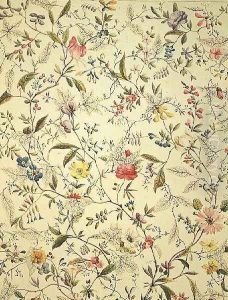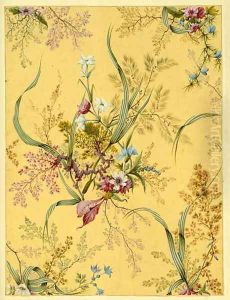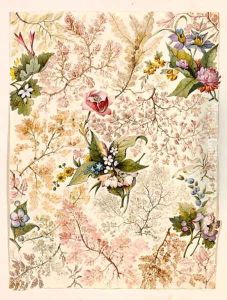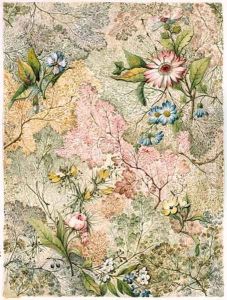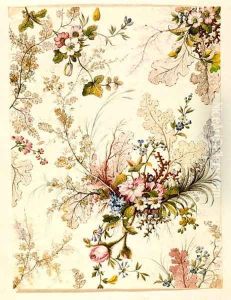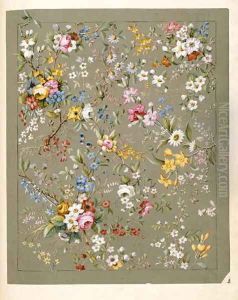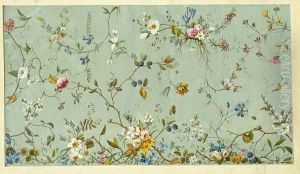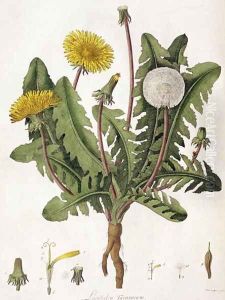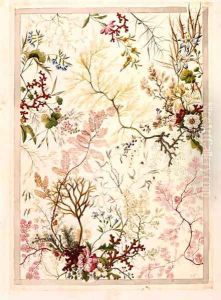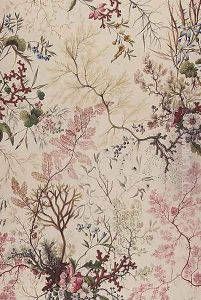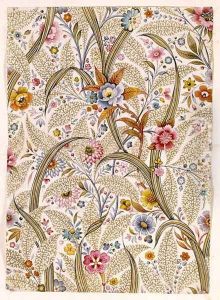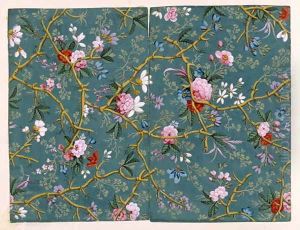William Kilburn Paintings
William Kilburn, born in 1745 in Dublin, Ireland, was a prominent textile designer, illustrator, and printmaker of the 18th century. He is best known for his detailed and innovative botanical and marine prints that significantly influenced the fabric and wallpaper designs of his time. Kilburn moved to London in his early twenties, where he initially worked as an apprentice for a calico printer. This experience laid the foundation for his future career in textile design.
Kilburn's work caught the eye of William Curtis, a renowned botanist and entomologist, leading to Kilburn's illustrations featuring in Curtis's publication, 'The Botanical Magazine'—one of the first and most enduring botanical periodicals. This collaboration helped Kilburn to gain recognition in the scientific and artistic communities.
Apart from his contributions to botanical illustration, Kilburn was also celebrated for his exceptional skills in designing chintz fabrics for the then-thriving British textile industry. His designs often featured intricate patterns of flowers, shells, and other natural elements, rendered with a level of detail and vibrancy that was unparalleled at the time. One of his most famous works is the 'Kilburn Album,' a collection of watercolor designs that showcased his mastery over pattern and color.
Despite his success, Kilburn faced challenges, including the fierce competition in the textile industry and strict copyright laws that limited designers' rights over their own creations. Regardless, he managed to secure a royal appointment from Queen Charlotte, wife of King George III, which significantly bolstered his reputation and prestige.
William Kilburn died in 1818, leaving behind a legacy that has continued to inspire designers and artists. His work remains a testament to the artistry and craftsmanship of textile design in the 18th century, blending scientific accuracy with aesthetic beauty.
